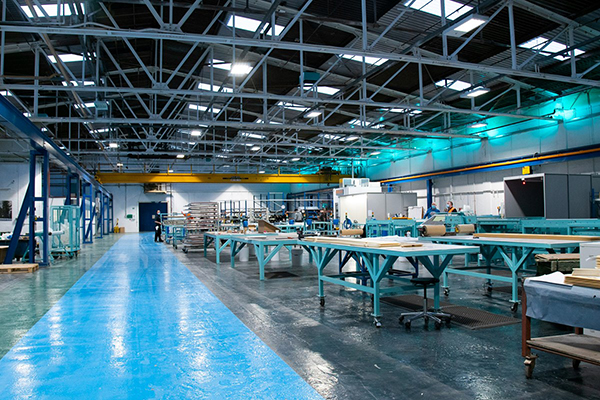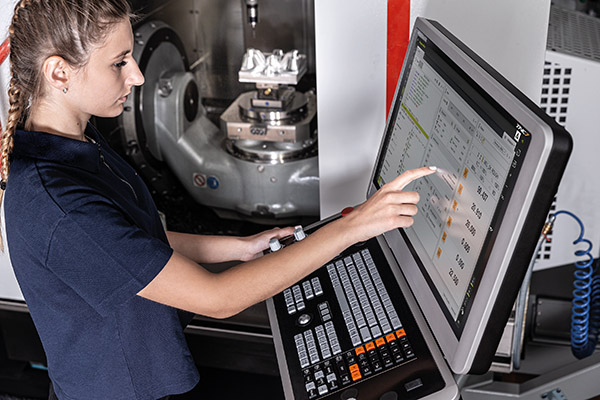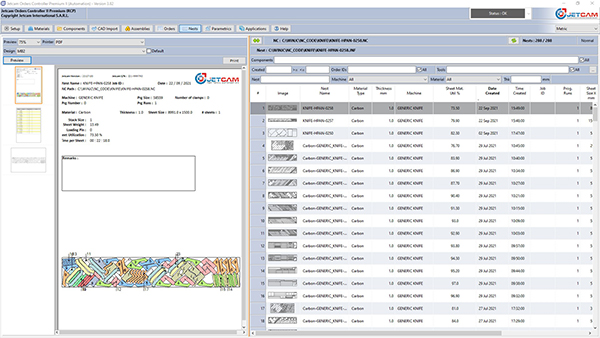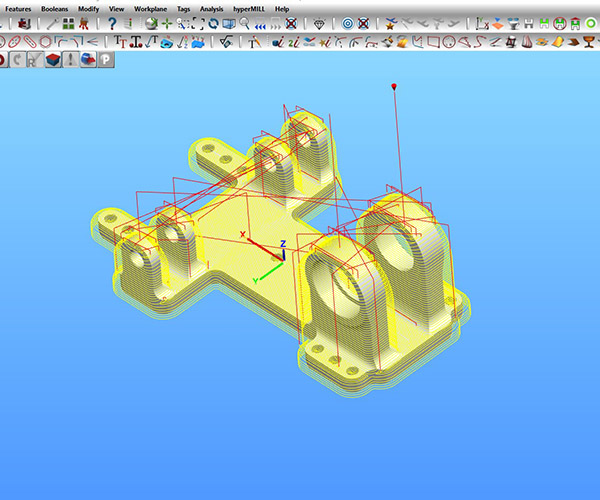
PTC has launched the ninth version of its Creo CAD software with the promise of helping engineers deliver their best product designs in less time. Creo 9 includes core enhancements and advanced features that encourage innovation with emerging features, such as generative design, real-time simulation and additive manufacturing.
Brian Thompson, divisional vice president and general manager of Creo at PTC, says: “We made core improvements like the divide surface capability and stronger design intent management to benefit our users, while also focusing on advanced technologies that transform product design – including simulation, generative design and additive manufacturing. Finally, to better support our users, we’ve strengthened Creo’s ergonomics capabilities.”
Investments across the core modelling environment focus on usability and productivity, including updates to the model tree to make it faster to structure, document and understand design intent. In addition, advanced multi-physics from Ansys have been integrated into the Creo simulation portfolio, while new generative design technology adds important new capabilities that empower engineers to define optimisation studies with designed-in safety factors and natural frequency limits.
There is continued investment in model-based product design, especially in surface finishing and welds, so users can include specialised downstream manufacturing information right on the model, for better efficiency and communication.
Creo 9 also includes expanded ergonomic tools that help designers recognise the uniqueness of users, while helping ensure products comply with health, safety and workplace standards. Using the new vision field analysis capability, engineers can analyse users’ line of sight and field of view when driving or using equipment.
Last but not least, Creo 9 delivers improved control over stochastic and formula-based lattices and user-defined support structures for advanced additive manufacturing use cases.
For further information
www.ptc.com/en/products/creo























